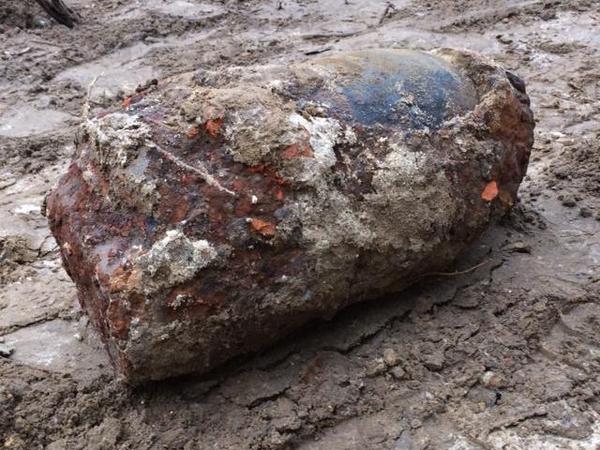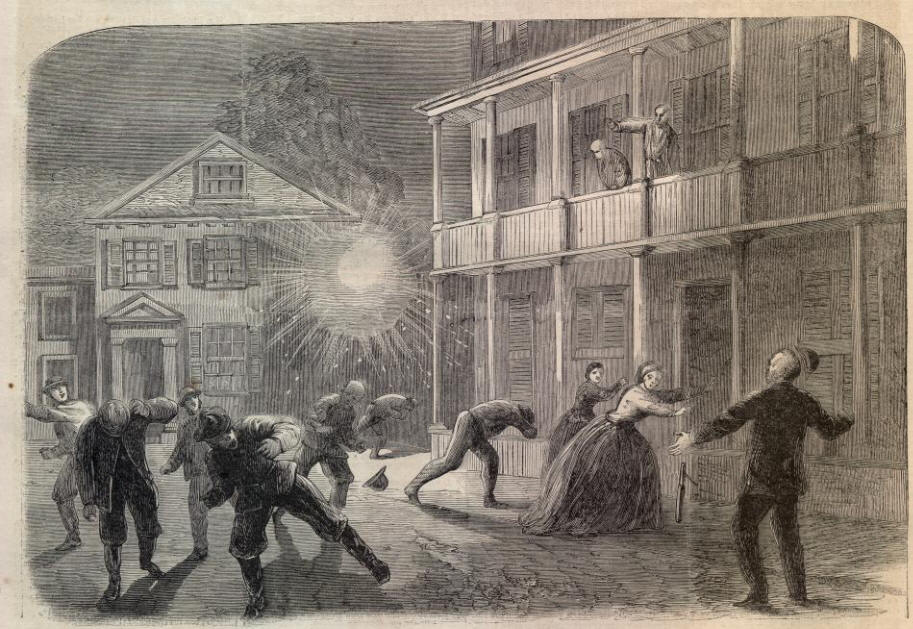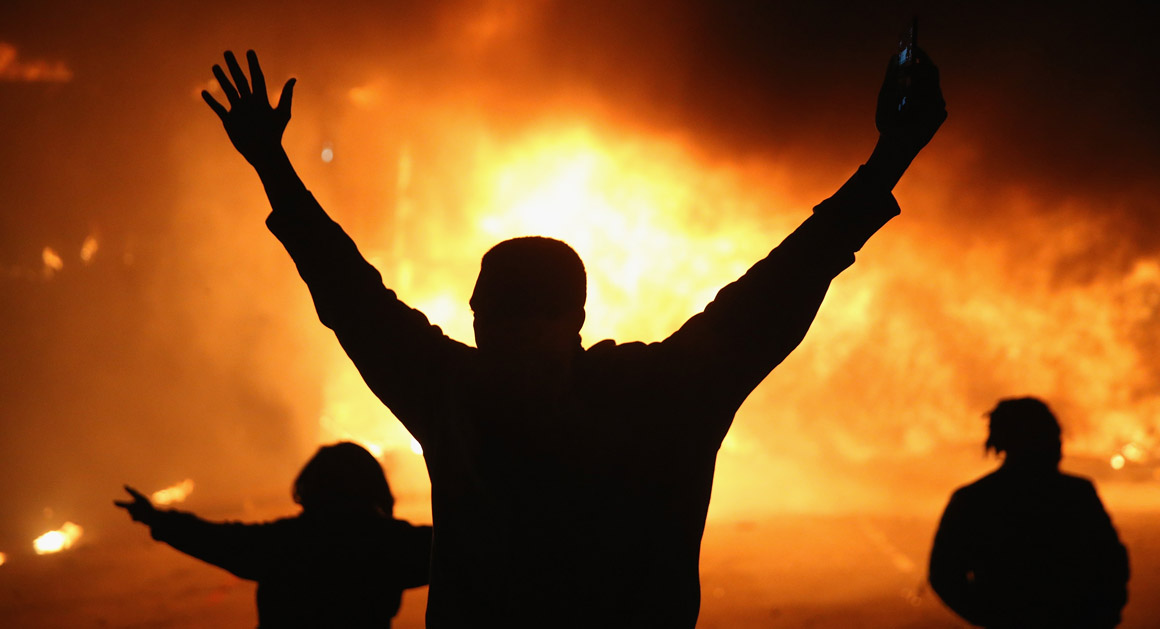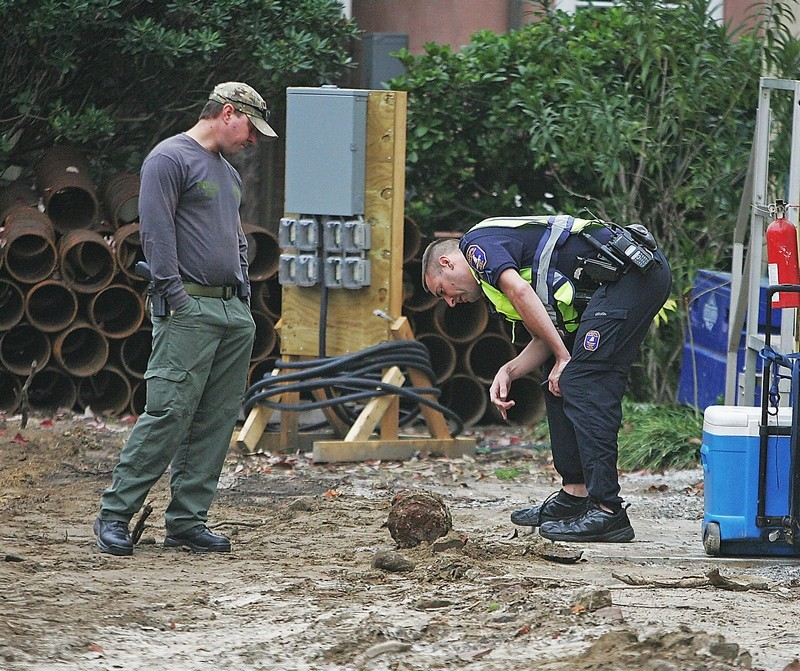So there they were at 96 Wentworth Street in downtown Charleston, South Carolina last Wednesday morning. A construction crew on the College of Charleston campus, busily preparing the site of a new vegan and vegetarian cafeteria (to each their own, I guess) due to open next year. Then something unexpectedly turned up, and everything stopped.
It seems an unexploded Civil War ordnance shell had been peacefully resting on the grounds of The Sylvia Vlosky Yaschik Jewish Studies Center for a century and half without anybody knowing it was there.
 The police were called, and the bomb squad removed the bullet-shaped shell without incident (meaning it didn’t explode). Construction work quickly resumed.
The police were called, and the bomb squad removed the bullet-shaped shell without incident (meaning it didn’t explode). Construction work quickly resumed.
At this late date, there’s no way of knowing for sure whether it was one of the thousands upon thousands of ordnance shells the Yankees rained down on the city throughout the War Between the States (if it was, this one was a dud); or whether it was a Southern shell that simply rolled off the pile before it could be fired at the Federals.
 Regardless who it originally belonged to, such unexploded shells are now property of the U.S. military, and officials from the Air Force eventually arrived and took it away with them to wherever antique ammunition is sent.
Regardless who it originally belonged to, such unexploded shells are now property of the U.S. military, and officials from the Air Force eventually arrived and took it away with them to wherever antique ammunition is sent.
So, why all the excitement about a nine-inch, rust-encrusted relic that had been hidden since the century before last?
Because in its own quiet way, it reminds us that the Civil War is never really far from us.
 We see it in the recent demonstrations in Ferguson, Missouri and New York City, after men of one skin color died at the hands of men of another. This is the legacy of the War’s ugly afterbirth, Reconstruction, which ranks among America’s greatest failures. We’re paying the consequences today because the people of the latter 1860s and 1870s got it wrong back then.
We see it in the recent demonstrations in Ferguson, Missouri and New York City, after men of one skin color died at the hands of men of another. This is the legacy of the War’s ugly afterbirth, Reconstruction, which ranks among America’s greatest failures. We’re paying the consequences today because the people of the latter 1860s and 1870s got it wrong back then.
 We see it at the ballot box on election day, when America lines up into ever-hardening rows of Blue States and Red States. (Students of history are struck by the strong similarity to Blue States and Gray States 150 years ago.)
We see it at the ballot box on election day, when America lines up into ever-hardening rows of Blue States and Red States. (Students of history are struck by the strong similarity to Blue States and Gray States 150 years ago.)
And we see it in the ongoing (and probably never to be totally settled) question: just how much power should the states have, and how much belongs to the federal government? A state’s ability, or inability, to secede from the Union was one of the core issues that drove the conflict. While the War permanently settled the matter of secession, the Supreme Court, Congress and the states still squabble over who should call the shots in other areas.
 Yes, the Civil War seems long, long ago, a chapter hidden in a textbook you read back in fifth grade and subsequently forgot.
Yes, the Civil War seems long, long ago, a chapter hidden in a textbook you read back in fifth grade and subsequently forgot.
Then a backhoe digs up an unexploded shell right beneath our feet, and we realize it’s never far away at all.
Did you find this enjoyable or helpful? Please continue to join me each week, and I invite you to read Tell it Like Tupper and share your review!
Curious about about Tell It Like Tupper? Here’s a chance to see for yourself. Take a sneak peek at a couple chapters in this free downloadable excerpt.

